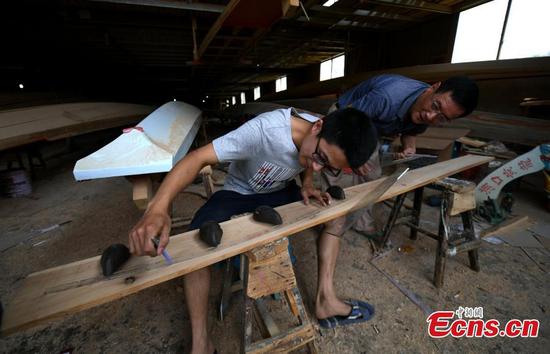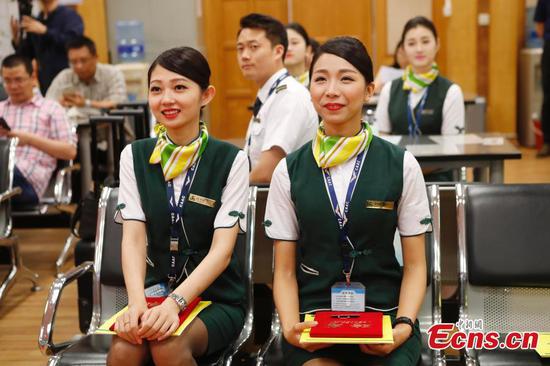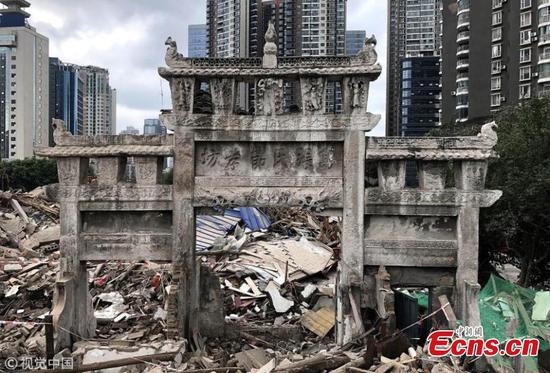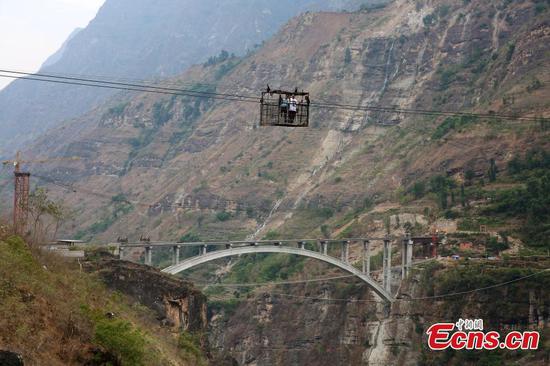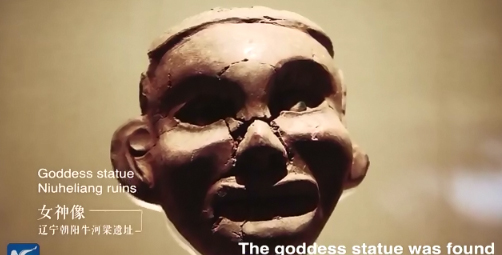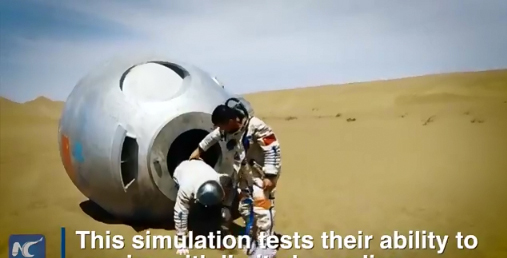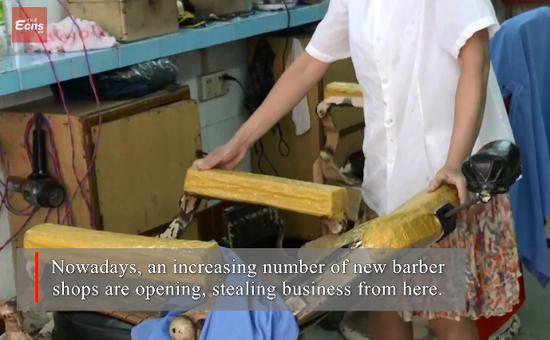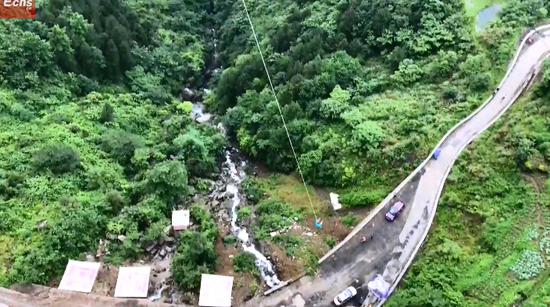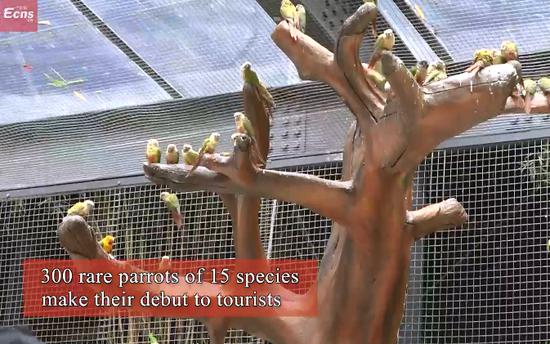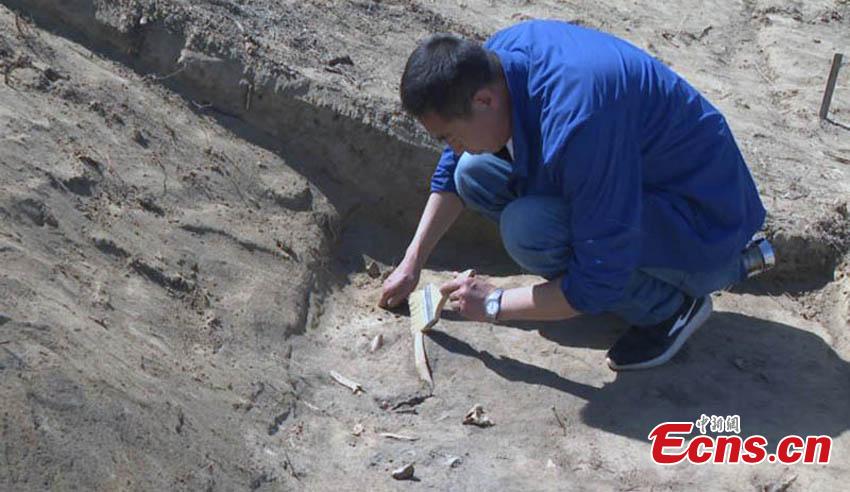
An archeologist works at the Beiting ancient ruins in Jimsar County, Northwest China’s Xinjiang Uygur Autonomous Region. Archeologists from the CASS Institute of Archeology have found city walls built in different periods, a coin from the Tang Dynasty (618-907), horse bones, armor remains and other relics, media reported on May 29. (Photo: China News Service/Ma Dejun)
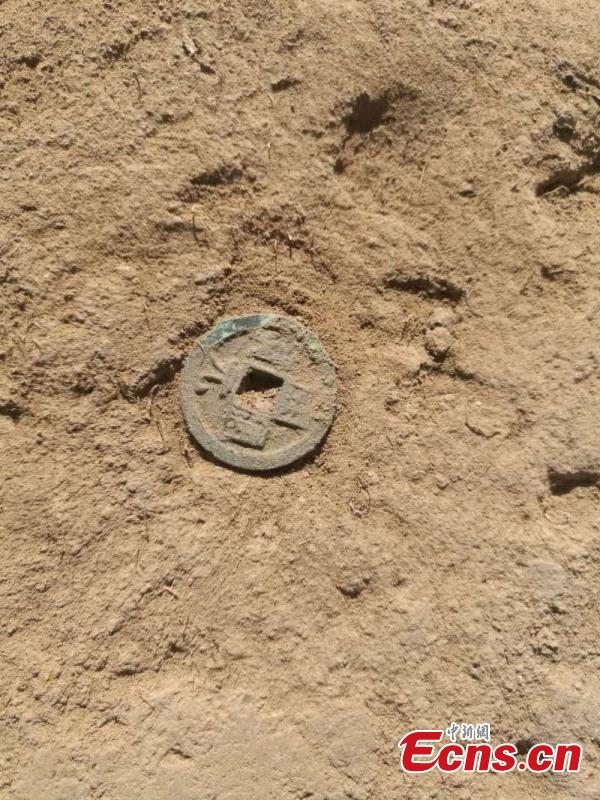
An archeologist works at the Beiting ancient ruins in Jimsar County, Northwest China’s Xinjiang Uygur Autonomous Region. Archeologists from the CASS Institute of Archeology have found city walls built in different periods, a coin from the Tang Dynasty (618-907), horse bones, armor remains and other relics, media reported on May 29. (Photo: China News Service/Ma Dejun)
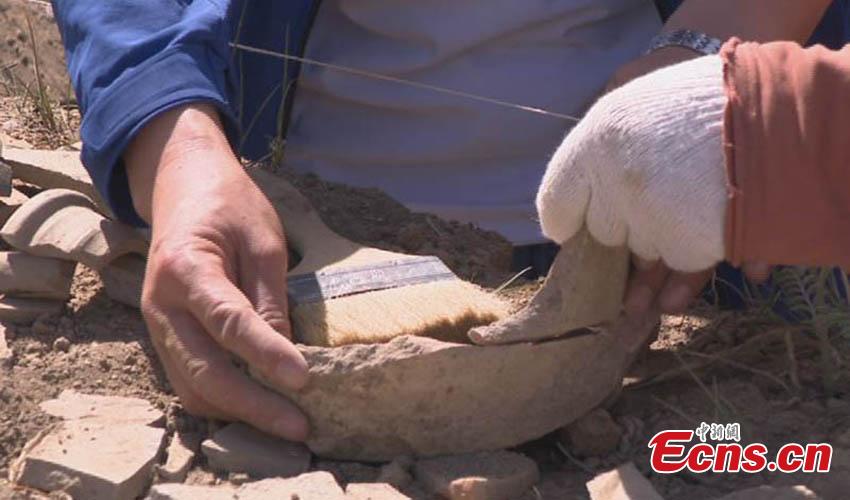
A coin from the Tang Dynasty (618-907) found at the Beiting ancient ruins in Jimsar County, Northwest China’s Xinjiang Uygur Autonomous Region. Archeologists from the CASS Institute of Archeology have found city walls built in different periods, a coin from the Tang Dynasty (618-907), horse bones, armor remains and other relics, media reported on May 29. (Photo: China News Service/Ma Dejun)
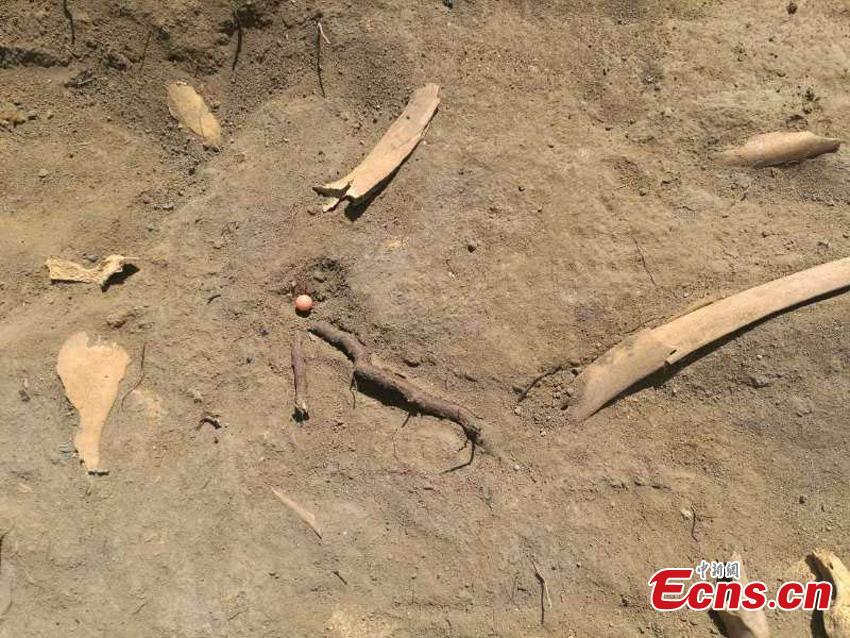
Horse bones were excavated at the Beiting ancient ruins in Jimsar County, Northwest China’s Xinjiang Uygur Autonomous Region. Archeologists from the CASS Institute of Archeology have found city walls built in different periods, a coin from the Tang Dynasty (618-907), horse bones, armor remains and other relics, media reported on May 29. (Photo: China News Service/Ma Dejun)
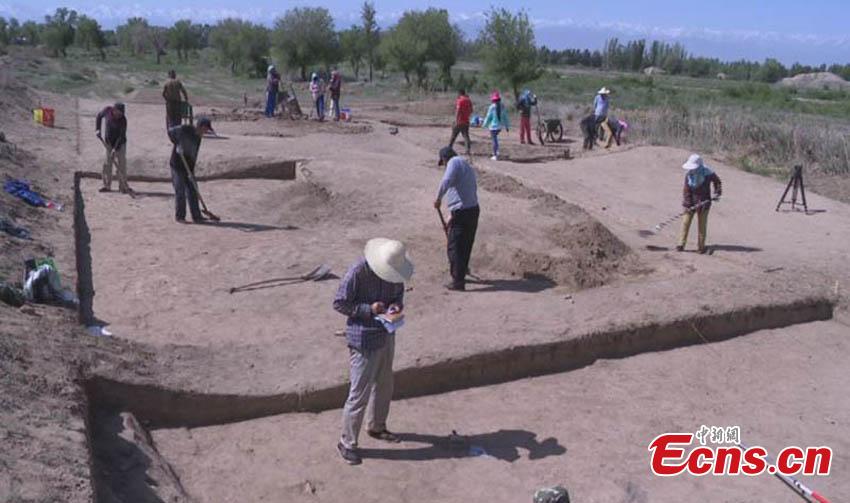
A view of the excavation at the Beiting ancient ruins in Jimsar County, Northwest China’s Xinjiang Uygur Autonomous Region. Archeologists from the CASS Institute of Archeology have found city walls built in different periods, a coin from the Tang Dynasty (618-907), horse bones, armor remains and other relics, media reported on May 29. (Photo: China News Service/Ma Dejun)








